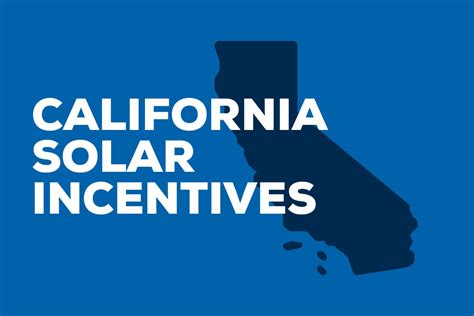California has long been at the forefront of solar energy adoption, making significant strides toward a more sustainable future. With the rise in environmental consciousness and the increasing affordability of solar technology, many homeowners are looking to make the switch to solar power. One of the most compelling reasons for this shift is the array of rebates and incentives available for California residents. This article will guide you through the various solar rebates offered in California and how to take advantage of these opportunities for savings.
Understanding Solar Rebates in California
Solar rebates in California are financial incentives designed to encourage homeowners and businesses to install solar energy systems. The state recognizes the environmental benefits of reducing reliance on fossil fuels and aims to reduce barriers for solar adoption. Rebates can substantially lower the expected costs of solar energy systems, making them accessible to a broader range of people.
Types of Solar Rebates and Incentives
1. California Solar Initiative (CSI)
The CSI program, which is administered by the California Public Utilities Commission (CPUC), offers cash rebates for residential and commercial solar installations. The program is designed to accelerate the deployment of solar technology across the state, ultimately making sustainable energy more accessible. The rebate amount varies based on the size of the system and the utility provider, but it can lead to significant savings on installation costs.
2. Federal Investment Tax Credit (ITC)
The ITC is a federal tax incentive that allows you to deduct a percentage of the cost of installing a solar energy system from your federal taxes. As of 2023, the ITC allows homeowners to deduct 30% of the total cost of installation, which can significantly reduce the effective price of a solar system. This incentive is not specific to California but applies nationwide and encourages solar adoption across the United States.
3. Local Utility Rebates
Many local utility companies in California offer their rebates for solar energy installations. These programs are often separate from the CSI and can provide additional savings. For example, Pacific Gas and Electric (PG&E) and Southern California Edison (SCE) have their respective rebate programs, which can be stacked on top of the state and federal incentives. Homeowners should check their local utility company’s website for specific details on available rebates.
4. Property Assessed Clean Energy (PACE) Financing
PACE is a financing option that allows homeowners to pay for solar installations through property taxes. Under this program, the financing is tied to the property, not the homeowner, making it an appealing option for those who may not have the cash upfront for a solar installation. Additionally, because the payments are made through property taxes, they can often be more manageable for homeowners.
How to Apply for Solar Rebates
Applying for solar rebates may seem daunting at first, but the process can be straightforward if you follow these steps:
- Research Available Rebates: Start by researching all available solar rebates and incentives in your area. Websites like EnergySage or the California Solar Initiative can provide comprehensive information.
- Choose a Reputable Installer: Working with a certified solar installer is crucial. They can guide you through the process, including applying for rebates.
- Get Quotes: Obtain quotes from multiple solar installation companies to compare prices and services.
- Check Eligibility: Understand the eligibility requirements for the specific rebates. Ensure that your chosen solar system meets all criteria.
- Complete the Application: Fill out the rebate application forms, providing all necessary documentation required by the respective programs.
- Submit on Time: Keep an eye on application deadlines to ensure you don’t miss out on any savings.
Conclusion
California’s commitment to solar energy has paved the way for a variety of financial incentives, making solar installations more affordable for homeowners. By taking full advantage of available rebates—such as the California Solar Initiative, the federal ITC, local utility rebates, and PACE financing—you can significantly reduce the upfront costs of switching to solar energy. With the increasing urgency of adopting sustainable energy solutions, there has never been a better time to invest in solar power.
FAQs
1. Can I combine different solar rebates?
Yes, homeowners can often combine various state, federal, and local utility rebates to maximize their savings on solar installation costs.
2. How long does it take to receive the rebate after installation?
Rebate processing times can vary, but homeowners typically receive their rebate checks within a few weeks to a few months after the installation is completed and all paperwork is submitted.
3. Are there any ongoing maintenance costs for solar panels?
Yes, while solar systems are relatively low-maintenance, they may require periodic cleaning and occasional inspections to ensure they are functioning optimally.
4. What happens if I sell my home with solar panels?
If you sell your home, solar panels can add value to your property. Financing options like PACE can be transferred to the new homeowner, or you can pay off the system before the sale.
5. How can I find a reputable solar installer in California?
Research local solar companies, read customer reviews, and check their credentials. Websites such as the Better Business Bureau can provide feedback on companies’ reputations.
This HTML format provides a structured layout for your WordPress article, featuring headings, paragraphs, lists, and FAQs to enhance readability and engagement.
Download California Rebates For Solar
